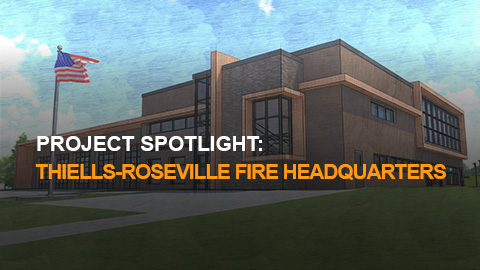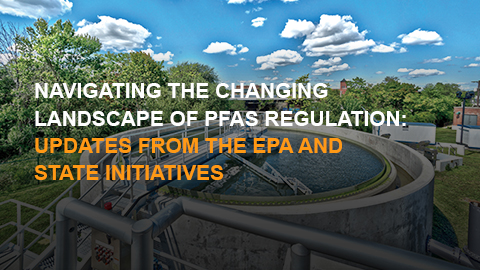Preparing for the Unknown: The New Definition of Flood Preparedness
September 29, 2023 dropped record-breaking amounts of rain on New York City, Long Island, and the Hudson Valley Region. Peaking at 3 inches per hour, flash flooding shut down the City’s subway system and turned roadways into rivers. Dramatic videos popped up across social media and news stations of motorists flooding their engines, trees falling across roads, and homeowners desperately trying to pump out their basements. New York State Governor Hochul declared a state of emergency. New York was not prepared for this much water. This needs to change.
Kevin Paul, AIA, NCARB, LEED AP, is H2M’s Discipline Director for Private Sector Architecture. He is also a Certified Floodplain Manager, as recognized by the Association of State Floodplain Managers (ASFPM). This certification recognizes Kevin’s expertise in flood risk and mitigation, disaster preparedness, and how to work with municipalities according to FEMA regulations.
“I grew up on the coast, I live on the coast. I started working in flood mitigation back in 1993, so I get it,” Kevin explained. Everyone wants that view of the ocean or proximity to a sparkling river. Nobody’s first thoughts are about the risks of that location, though. Flood preparedness aims to improve safety when a homeowner or real estate developer chooses to accept the extra risk anyway.
Traditionally, flood preparedness means stocking up on batteries and groceries. It focused on waiting for an anticipated storm and having a few days’ worth of supplies if the power went out. The problem with this, according to Kevin is, “…we can’t use historical events to anticipate what flooding means today. For example, [there were] five inches of rain in New York City in three hours. It’s unprecedented.” The definition of flood preparedness now needs to include preparing for storms that have never been seen before: “We have to stop thinking like we understand or we know and start preparing for things that we don’t know.”
Communities across the United States have already seen the consequences of the lack of flood preparedness. According to the National Oceanic and Atmospheric Administration (NOAA), more deaths occur from flash floods than any other weather hazard, except heat. Just 12 inches of water is enough to carry away a two- or three-ton car. Depressions in the landscape and poor-draining soil can cause floods even in properties far from the coast or a river.
The solution? Stop building in watersheds and flood plains. “It starts with identifying where it is you are, where you live.” What’s the elevation of the property? What’s the proximity to the closest body of water? Are there drainage systems in place? If so, are they being maintained and cleared of leaf litter and other debris? Is there a four-lane highway nearby that will funnel run-off into residential neighborhoods? Kevin advises, “Don’t build in a flood plain, right on the coast, or in an area prone to flooding…If we’re going to build in a coastal area, then we need to meet building code and FEMA requirements. Doesn’t mean you won’t still lose your home or face damage, it just means that you’re accepting the risk because you want a waterfront or canal-front home.”
If the building already exists, though, and moving isn’t a realistic option, architects and engineers can design better options. Identifying a place for shoreline softening can mitigate the damage from tidal flooding. Shoreline softening mimics natural shorelines by keeping slopes gentle, encouraging biodiversity, and employing “soft armoring” such as live plants and marshland. Shoreline hardening, such as bulkheads and retaining walls, can exacerbate erosion and cause significant property damage.
Buildings can be elevated on piles above the threat of wave action, but these methods have accessibility and fire protection issues. A structure that is 13 feet in the air will likely be inaccessible for people who use wheelchairs or have other mobility issues, unless a lift is also included in the design. Additionally, since homes tend to be built from wood, fires become a bigger risk. First responders may struggle to respond to emergency calls, especially if the area is already flooded. There are building materials that can resist mold growth, such as insulation made of fiberglass, but long-term exposure can cause respiratory issues.
The story is not all doom and gloom, though. There is hope. “The good thing is that I and our civil engineering team, deal with this on a regular basis. We can evaluate and assess a current facility, put together a plan that would help mitigate future losses relative to previous event exposure.” Kevin and H2M are experts in the current code requirements. They also know that requirements are becoming stricter and that FEMA’s insurance regulations are putting more fiscal responsibility on individual homeowners, as opposed to spreading the costs out amongst the general population.
To connect with Kevin and explore how H2M can help in your specific situation, reach out to KPaul@h2m.com or connect with him at (631) 392-5655.



